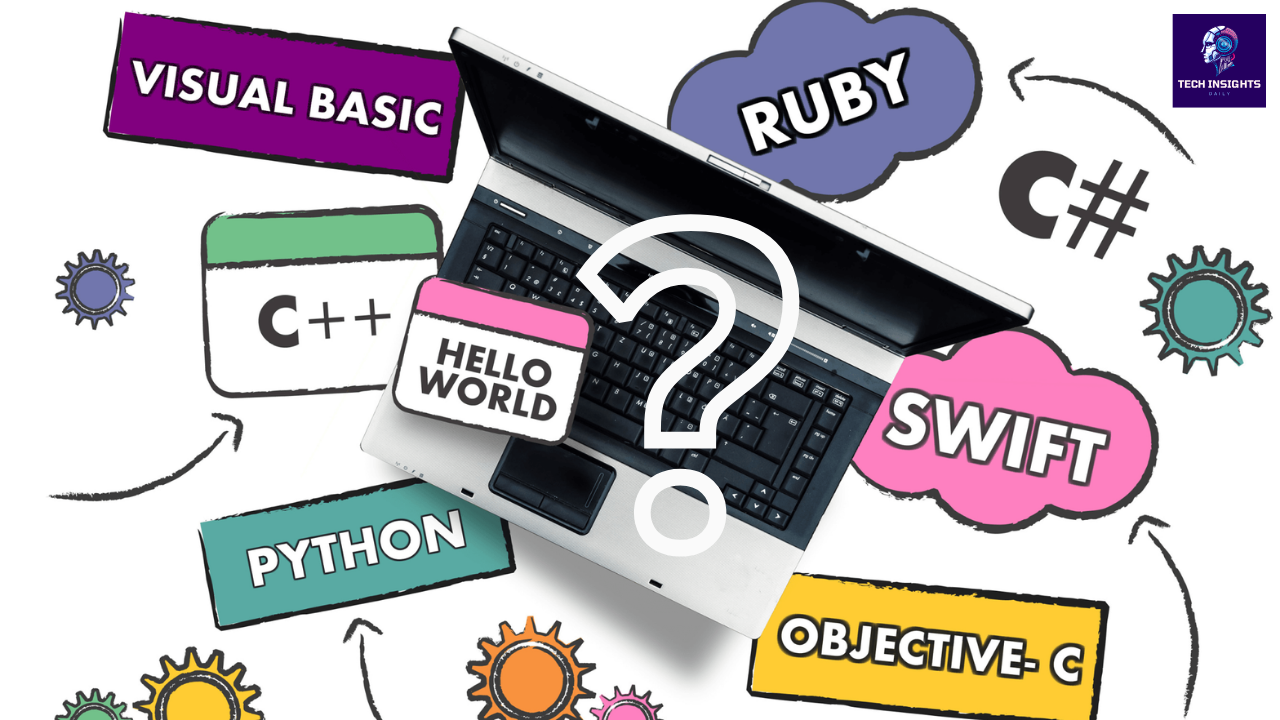There is no doubt that artificial intelligence or AI depends on the concepts of neural networks. The problem with these systems is that they are based on the architecture of the human brain and must accept patterns as well as make decisions. In this article, we will try to familiarize the readers with the basic concepts of neural networks, learn about their structure and discuss their applications in various fields.
A neural network, also known as a neural network, is a subset of machine learning that is widely used for supervised and unsupervised learning. A neural network is a continuous set of methods that try to identify certain patterns in data by simulating the workings of the human brain. They consist of complex layers of nodes called “neurons” that are interconnected.
Neural networks are one of the branches of machine learning and are the basis of deep learning. They are particularly useful in calculations that do not have a straightforward mapping from inputs to outputs.
Architecture of Neural Networks
.png)
Neural networks consist of three main types of layers:
- Input Layer: This layer is adapted to collect the first data.
- Hidden Layers: These layers also compute the output and perform feature analysis in the input data set.
- Output Layer: This layer gives the final output that is desired from the model.
Each link between neurons has its own weight, which changes over time and increases the network's perceptual capabilities. The architecture of a given neural network can vary considerably based on the function the neural network is intended to perform.
Input layer
This makes the input layer the first layer in the neural network, and its duty is to provide the raw data. Each neuron in this layer takes a feature or feature of the data as its input. For example, in an image recognition program, we can easily assign each neuron to a pixel value.
Hidden layers
This is a strategy that is implemented in layers that are not visible to users. These layers are called “hidden” because they do not interact with the input and/or output. Before making their predictions, they apply various operations to the input data to select the correct features. The number of layers and the number of neurons per layer are flexible and are usually optimized through experimentation.
Output layer
The output layer is the last layer of the neural network and displays the result. In a classification task, the output layer may have one neuron for each class, and each neuron's value is the probability of the input being in a particular class.
Types of neural networks
There are several types of neural networks, each suitable for different tasks:
- Feed-forward neural networks: One-way flow of data from input to output.
- Convolutional Neural Networks (CNNs): Mainly used for image recognition.
- Recurrent Neural Networks (RNNs): Best suited for sequential data such as time series or natural language processing data.
Feed forward neural networks
The simplest form of neural networks is a feed forward neural network. Information flows from the input layer, through the hidden nodes, to the output nodes in a forward path. There are no cycles or loops in these networks. They are typically applied to problems such as image tagging and voice recognition.
Convolutional Neural Networks (CNNs)
Convolutional neural networks are specifically designed to work with data that has a structured form, such as an N-dimensional grid, often an image. They use a mathematical operation called convolution to extract features from the input data. CNNs are particularly useful for applications where pixel correspondence to geometry is important, such as image and video recognition tasks.
Recurrent Neural Networks (RNNs)
RNNs are designed to solve problems in order, meaning the order in which data is fed to the model is significant. They have feedback connections that allow them to monitor previous inputs. They are commonly used for tasks such as language modeling and time series forecasting modeling.
Training of Neural Networks
Training a neural network involves feeding the network with data and modifying the weights on the connections according to errors in the output. This process is called back propagation. The aim is to reduce the error, the weight should be adapted to gradually decrease.
Data preparation
Every neural network needs data before training, which involves data preprocessing. This includes data cleaning, normalization, and splitting the data into training and testing datasets. Data preprocessing is significant because the quality of data used in a network directly affects its performance.
Spread forward
During forward propagation, input data is fed through the network from one layer to another, ending at the output layer. Neurons in each layer take input, apply a weighted sum, and use an activation function to calculate the output.
Backpropagation
Backpropagation updates the weights within a network connection by calculating the overall error rate. This is done by comparing the computed output with the actual value. The weights are then adjusted to minimize the error. It is repeated for RAR (rounds) until the network reaches optimal performance.
Optimization Algorithms
Several optimization algorithms can be used to adjust the weights during training. The most popular is stochastic gradient descent (SGD), but others such as the Adam and RMS prop are also widely used. These algorithms differ in how they update the weights, impacting the training process.
Applications of Neural Networks
Neural networks have a wide range of applications:
- Image and Speech Recognition: Used in face recognition and voice assistive technologies.
- Healthcare: Helps diagnose diseases and choose personalized treatment plans.
- Finance: Analyzes stock prices and predicts risks.
- Autonomous vehicles: Assist in decision-making and driving autonomous cars.
Image and speech recognition
Neural networks are highly efficient when working with image and speech data. CNNs are used for object detection in images, while RNNs are used for speech recognition. These technologies are implemented in security systems and virtual assistants.
Health care
In healthcare, neural networks help interpret medical images, provide diagnoses and recommend treatment options. For example, they can identify tumors in medical scans or predict a patient's likelihood of developing a certain disease.
Finance
In finance, neural networks help predict stock prices, manage risks and detect fraudulent transactions. They can process large amounts of financial data to uncover trends that may be difficult for analysts to detect.
Autonomous vehicles
Neural networks are integral to self-driving car technology. They process sensor data, make decisions about vehicle movement, and can detect pedestrians and other vehicles on the road.
Challenges and future directions
Despite their success, neural networks face several challenges:
- Data Requirements: Neural networks require large data sets for efficient training.
- Computational power: Training complex neural networks can be time-consuming and resource-intensive.
- Interpretation: Understanding how neural networks make decisions can be difficult.
Data requirements
Neural networks require large amounts of data for training, which can be a problem when data is difficult or expensive to obtain. Additionally, data quality is critical, as poor data will result in poor network performance.
Computational power
Training complex neural networks can require significant computational power and time, which can be prohibitive for small organizations or individuals with limited resources.
Interpretive ability
It is often difficult to understand how neural networks arrive at decisions. This lack of transparency is a major concern in sectors such as healthcare and finance, where transparency is critical. Research is ongoing to make neural networks more interpretable.
Future direction
The challenges faced by neural networks can be solved by emerging technologies such as quantum computing and neurotrophic engineering. Quantum computing can allow for faster training of large networks, while neurotrophic engineering aims to design systems that work like the human brain.
The result
Neural networks are essential elements of AI, enabling machines to learn from data and make decisions. Their applications are increasing, and they are poised to play an important role in the development of several industries. This article is an excellent resource for those trying to understand the basic concepts of neural networks.











